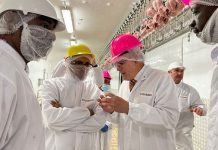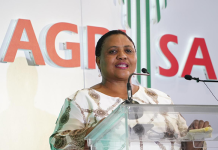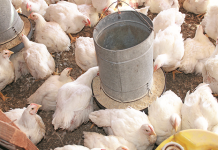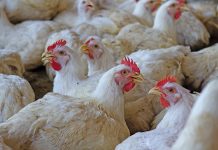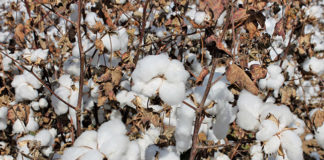During my primary school days 20-something years ago, there were no school feeding programmes. Back then, everyone brought his or her own lunch to school. But the primary school I attended had its own vegetable garden, and so did the three other primary schools in the village. It was our responsibility as pupils, under supervision of the teachers, to take care of the garden. And I must say it took care of us as well. From time to time, lunch was prepared for us using produce from the garden.
This was done instead of government having to spend millions of rands as it does today. I believe this would still be the cheapest way to run feeding programmes. Ever since these government programmes were introduced, I’ve been asking myself where the food comes from and who benefits from its production. I’m not saying that feeding programmes are a bad idea; I’m saying they can be done differently, in a way that benefits the schoolchildren and the local economy more.
If schools are unable to produce their own food, a percentage of the food for the feeding programme should be purchased locally.
Recently, Minister of Agriculture, Forestry and Fisheries Tina Joemat-Pettersson announced that the department was trying to convince government to procure about 40% of the food for its institutions, including school feeding programmes, from smallholder farmers. This is something we’ve been hearing about for many years, but nothing has happened yet.
Brazil sets fine example
In Brazil, school feeding and nutrition programmes are outsourced to local family farms. The aim is to create synergies that strengthen food security, improve child nutrition and help to secure the livelihoods of small farmers and their communities.
According to José Graziano da Silva, director-general of the UN’s Food and Agriculture Organisation (FAO), this solution is a triple winner: it ensures quality food for public school students, opens new markets, and brings higher incomes for family farmers, while boosting development in rural areas.
Apparently, the Brazilian experience will now be brought to Africa, including South Africa. This is one of 17 South-South Co-operation projects being implemented in partnership with the Brazilian government with a total investment of about US$36 million (R360 million). Why does South Africa always have to depend on other people to come up with solutions to its problems?
To me, this is a very simple solution that has always been there. The only problem is that there don’t seem to be people who can implement and execute these plans. In a recent exclusive interview with Farmer’s Weekly, Joemat-Pettersson said that the number of South Africans with insufficient access to food conservatively stood at 15 million, but estimated that the figure was probably closer to 17 million.
In her speech at the department’s Female Entrepreneur of the Year awards, she said: “If we want to uplift and grow
the economy, we need to have seriously brave and innovative leaders who will be prepared to take risks.” It doesn’t seem that we have had leaders like that in the past 20 years.

